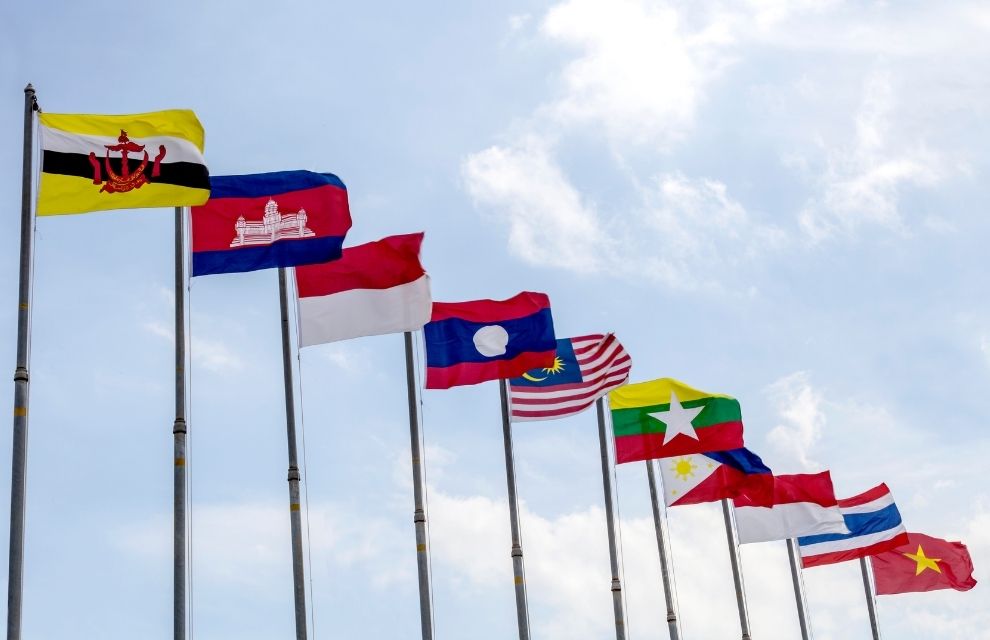The COVID-19 pandemic has shifted the role of insurance and risk professionals by highlighting the importance of integrating and embedding risk management teams into an organisation, according to a panel at the Asian Captive Conference. The session, ‘Self-insurance in action: meeting the evolving needs of risk management’, was moderated by Haruhito Imakoji, council member of the Labuan International Insurance Association and director of Garam Insurance PCC. Abdul Halim Jantan, CEO of Sterling Insurance Brokers, began the session by noting that two years ago, the industry was not adequately prepared for the business interruption, economic slowdown, supply chain disruption and contractual issues caused by the pandemic as this was generally considered a passing biological risk. He added that by the time insurance buyers had collected sufficient information and data to assess pandemic and health risk, the practical approach of insurance managers towards risk transfer was no longer sufficient to fully understand and deal with the risk. Prior to the pandemic, the commercial insurance market was already hardening and demonstrating the typical indications of restricted capacity and coverage, added Kelvin Wu, treasurer and member of the executive committee at the Pan-Asia Risk and Insurance Management Association (PARIMA). Although the pandemic was not the cause of the hardening market, it certainly exacerbated the conditions, and the remote working model impeded the usual coping mechanisms of risk managers, such as board meetings and relationships with social management. This trend was affirmed by Shiwei Jin, global programmes and captives regional director for Asia Pacific at AXA XL, who added that structural changes to more holistic enterprise management were especially driven in Asia by the shift in businesses from efficiency-driven to resilience. Jin identified that this was particularly evident as the responsibility for risk transfer shifted from the insurance buyer to risk management teams as their visibility in business interruption and people risk heightened within an organisation. Following these structural changes, Wu noted more companies leveraging alternative risk transfer, which saw an uptick in the utilisation of captives. However, he underlined that these structures require forward, long-term planning with an understanding of retention levels and infrastructure support, rather than simply being reactive measures. The pandemic saw existing captives deviate from traditionally conservative underwriting vehicles to use their spare capacity to take on more risk. These captives were generally well-financed and released surplus cash to the parent company to help solve pandemic-related cash flow problems. Malcolm Cutts-Watson, managing director of Cutts-Watson Consulting, noted that growth in new captives was concentrated in Asia rather than Europe, particularly for cell captives which are comparatively quick, less expensive, lower maintenance, and generally used for specific purposes, such as professional indemnity, reinsurance, or directors and officers liability. However, Cutts-Watson added that although captives “stepped up” as a tactical tool for resilience, this does not mean they are yet regarded as strategic. Examining the current short-term possibilities for risk managers, Wu elaborated that the involvement of insurance and risk management is driven by behaviour and the positioning of the reactive risk management function within a company. This requires a change in the perception of the function from within the organisation by translating the captive’s business plan, risk, theory and methodology into a language the whole company can understand. Halim Jantan affirmed that risk management must evolve from a reactive business to a strategic business by demonstrating the benefits of the in-depth knowledge, systems, methods and controls applied by risk managers to monetise insurance rather than simply just buying it. In concluding, Jin highlighted that companies will have the ability to see how their risk management changes through engagement with a captive, as losses are more manageable and risk management improves overall. This is particularly seen in Asia, where fast economic development means that captives are transitioning into a flagship of enterprise risk management rather than simply a short-term solution.


